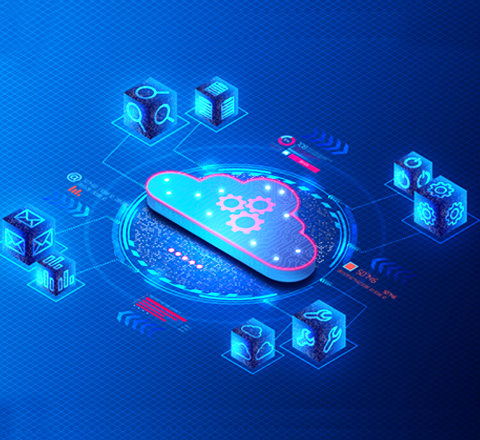Cloud computing provides organizations with agility and
efficiency for deploying and scaling IT services, but many
organizations are hesitant to host critical workloads in public
clouds. OpenStack provides a solution to this challenge by offering a
secure and open private cloud platform that integrates with existing
infrastructure and applications and is compatible with public cloud
offerings.
TCPWave IPAM seamlessly integrates with OpenStack's Neutron by
automatically updating the DNS through IPAM when servers are added or
deleted upon Neutron event listener configuration. TCPWave IPAM
automates the management of DNS entries without manual intervention
when servers are allocated or deallocated in OpenStack using the
neutron-listener service implemented by TCPWave. With this
integration, users can automatically update IPAM/DNS for a range of
network actions, including creating and deleting servers, creating
and deleting floating IPs, and subnet creation and deletion.











